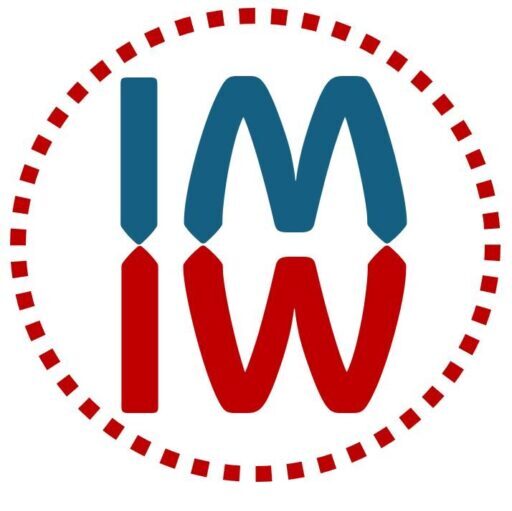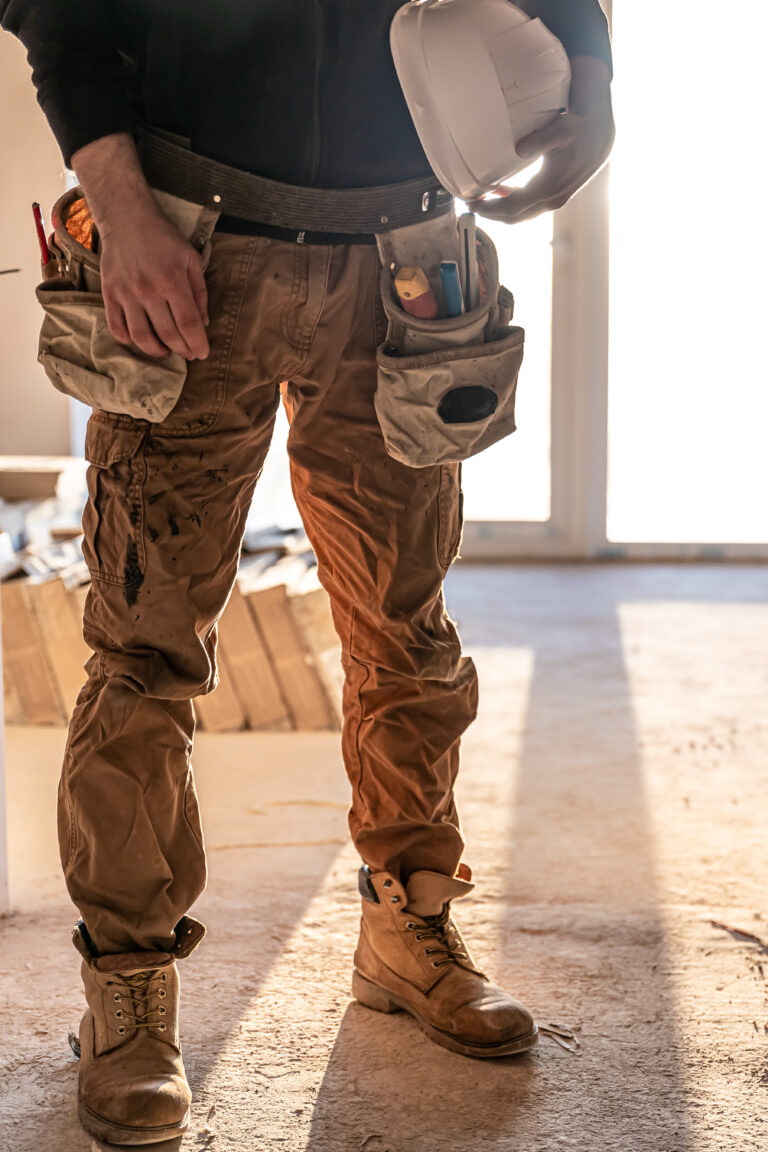The workwear industry is evolving rapidly, and one of the most exciting developments in recent years is the rise of customizable workwear tailored to individual needs. No longer are workers required to settle for generic, one-size-fits-all options. Advances in technology, design, and consumer demand are pushing manufacturers to create clothing that not only meets safety standards but is also highly personalized to ensure comfort, functionality, and style. Let’s take a closer look at how customizable workwear is changing the industry and why it’s so important in today’s world.
1. Personalized Fit for Enhanced Comfort and Performance
One of the key trends in customizable workwear is the ability to tailor garments for perfect fit. Every individual has unique body measurements and movement patterns, and customized workwear addresses this with precision. Through advanced 3D body scanning and measurement technologies, manufacturers can now design garments that fit each worker’s specific dimensions, ensuring a more comfortable and functional fit.
This not only increases comfort but also enhances mobility and performance. For example, if a worker needs to bend, stretch, or move in tight spaces regularly, a custom-fit garment can be designed to support these movements without causing discomfort. This level of personalization is especially beneficial in industries where workers are required to wear their uniforms for long hours, such as construction, manufacturing, and healthcare. By offering tailored workwear, you can help workers maintain high levels of productivity while staying comfortable.
2. Fabric and Material Customization
Workwear isn’t just about fit – it’s also about fabric and material choices that meet the unique needs of individual workers. With customizable workwear, employees can select from a range of high-performance fabrics based on their job-specific requirements. Whether it’s waterproof, flame-resistant, high-visibility, or breathable materials, workers now have the option to choose the fabrics that will best protect them and enhance their workday experience.
For example, a worker who operates in a wet environment may require water-resistant fabrics, while someone working in extreme heat would benefit from lightweight, breathable materials. The customization doesn’t stop at materials either—reinforcements and insulation can also be added in specific areas where workers are more prone to wear and tear, like the knees, elbows, or lower back. This level of personalization not only increases safety but also ensures that workers are protected from environmental hazards unique to their work conditions.
3. Personalized Branding and Identification
Customization doesn’t just focus on fit and function. It also includes a focus on personalized branding and identity. Workwear brands now offer the ability to add logos, company names, or worker names directly onto garments. This is particularly important for businesses that want to maintain a professional appearance while also ensuring employee identification on job sites.
With the latest embroidery, printing, and even laser engraving technologies, businesses can create workwear that reflects their brand’s identity. Additionally, workers can add personalized touches like unique colors, patterns, or even specific pockets or tool attachments tailored to their specific trade. Custom workwear that displays personal or company logos also fosters a sense of team unity and professionalism, which can boost morale and make employees feel more valued.
4. Technology-Enhanced Customization: Smart Features
With the increasing role of technology in the workplace, smart workwear is becoming a major component of customizable designs. Advances in wearable tech and IoT (Internet of Things) are now being integrated into workwear, providing workers with real-time data on their health, performance, and safety. These garments are equipped with sensors that can monitor body temperature, heart rate, and fatigue levels, all of which can be customized based on individual health or safety requirements.
For instance, a worker who is required to operate in high-risk environments can have sensors embedded in their workwear that monitor exposure to toxic chemicals or track falls and impacts, alerting both the worker and supervisors immediately. Customizable workwear with these advanced smart features can be tailored to meet specific occupational safety needs, ensuring the highest level of protection for each individual.
5. On-Demand Manufacturing for Faster Turnaround Times
The demand for customized workwear has led to the rise of on-demand manufacturing processes, where clothing is produced based on individual orders. Using advanced manufacturing techniques like 3D printing and laser cutting, brands can produce garments in small quantities or even as one-offs, ensuring that each item is tailored precisely to the worker’s specifications.
This shift toward on-demand customization allows for faster turnaround times, which is especially important for businesses that require quick adjustments or immediate delivery. Instead of waiting weeks for bulk orders to be produced, companies can now get the customized workwear they need in a much shorter period of time. On your website, emphasizing speed of delivery and the ability to customize quickly can make your offerings even more attractive to customers in industries with urgent needs.
6. Customizable Features for Enhanced Functionality
The beauty of customizable workwear lies in the ability to choose not only the overall fit and fabric but also the functional features that suit individual needs. For instance, workwear can be customized to include specific pockets, tool loops, padding, and even integrated knee protection that aligns with a worker’s job responsibilities.
For example, a construction worker might prefer a work jacket with multiple deep pockets for tools, while a lab technician may need a work shirt with pen holders and reinforced sleeves. Customizable workwear also allows for the addition of reflective strips for high-visibility or the inclusion of removable liners for changing weather conditions. The possibilities are endless when it comes to tailoring the functionality of the workwear to the tasks at hand.
7. Sustainability in Customization
As the world becomes more eco-conscious, sustainable workwear is becoming increasingly popular. Customizable workwear brands are stepping up by offering garments made from recycled materials, eco-friendly fabrics, and low-impact dyeing processes. Workers can now choose sustainable options that not only fit their individual needs but also contribute to a greener planet.
The demand for ethically produced and sustainable workwear is at an all-time high, and businesses that offer customizable eco-friendly options are likely to attract a more environmentally conscious customer base. Highlighting the sustainable aspects of your customizable workwear on your website will help position your brand as a leader in responsible manufacturing, a key consideration for modern consumers.
Conclusion: Why Customizable Workwear is the Future
The shift toward customizable workwear is more than just a passing trend—it’s the future of the industry. With advancements in fit, fabric selection, personalization, and smart technology, workers are now able to wear gear that fits their specific needs, improving comfort, safety, and productivity. Customizable workwear allows businesses to equip their teams with garments that not only meet safety regulations but also enhance functionality and professionalism.






